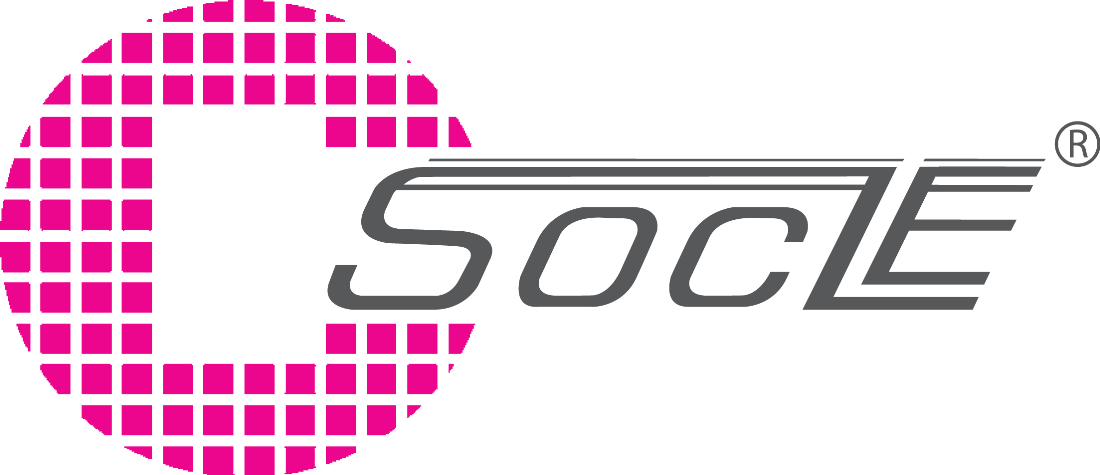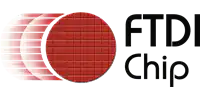AT89C51ED2-RLTUM
Manufacturer: MicroChip
The MICROCHIP-AT89C51ED2-RLTUM is a microcontroller with 64KB of flash memory and various other features. Here are some of the product parameters and introduction:
Flash Memory: 64KB
RAM: 2048 Bytes
Operating Voltage Range: 4.0V - 5.5V
Maximum Clock Frequency: 33 MHz
Number of Timers/Counters: 3
Number of Communication Interfaces: 2 (UART and SPI)
Number of Interrupts: 5
Package Type: 44-Pin TQFP
The AT89C51ED2-RLTUM is a member of the Atmel 8051 microcontroller family, and it is designed for high-speed embedded applications. The microcontroller is built around an 8-bit CPU with Harvard architecture, which means that it has separate program and data memory spaces. The 64KB of flash memory can be programmed in-system or through a conventional non-volatile memory programmer. The microcontroller also includes a wide range of on-chip peripherals, including timers/counters, communication interfaces, and an analog-to-digital converter (ADC). These features make it suitable for a variety of applications, including industrial control, medical devices, and automotive systems.
Stock:4100
Minimum Order:1
The MICROCHIP-AT89C51ED2-RLTUM is a microcontroller with 64KB of flash memory and various other features. Here are some of the product parameters and introduction:
Flash Memory: 64KB
RAM: 2048 Bytes
Operating Voltage Range: 4.0V - 5.5V
Maximum Clock Frequency: 33 MHz
Number of Timers/Counters: 3
Number of Communication Interfaces: 2 (UART and SPI)
Number of Interrupts: 5
Package Type: 44-Pin TQFP
The AT89C51ED2-RLTUM is a member of the Atmel 8051 microcontroller family, and it is designed for high-speed embedded applications. The microcontroller is built around an 8-bit CPU with Harvard architecture, which means that it has separate program and data memory spaces. The 64KB of flash memory can be programmed in-system or through a conventional non-volatile memory programmer. The microcontroller also includes a wide range of on-chip peripherals, including timers/counters, communication interfaces, and an analog-to-digital converter (ADC). These features make it suitable for a variety of applications, including industrial control, medical devices, and automotive systems.




















